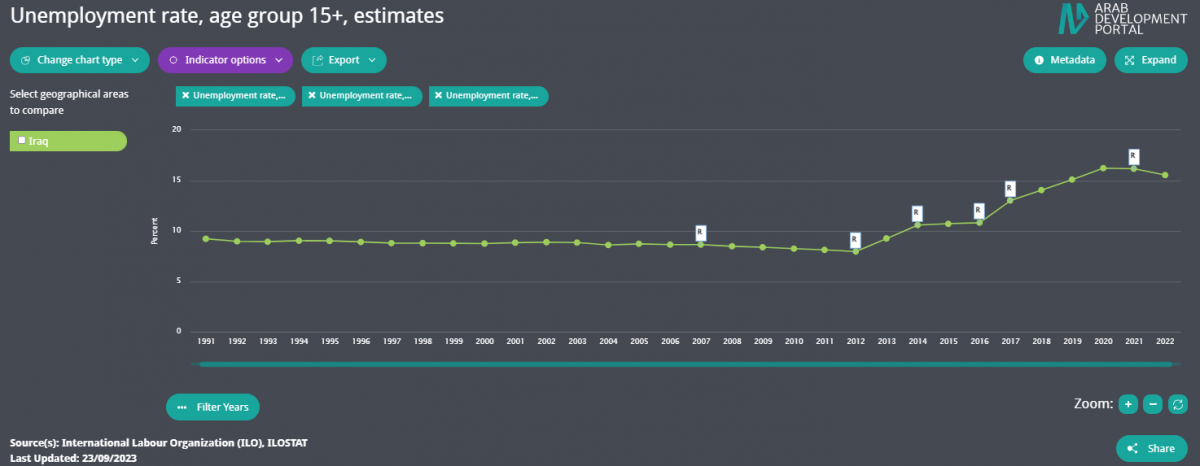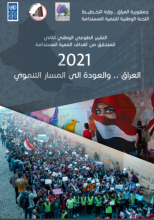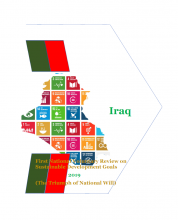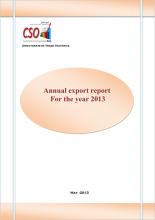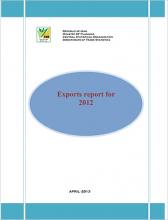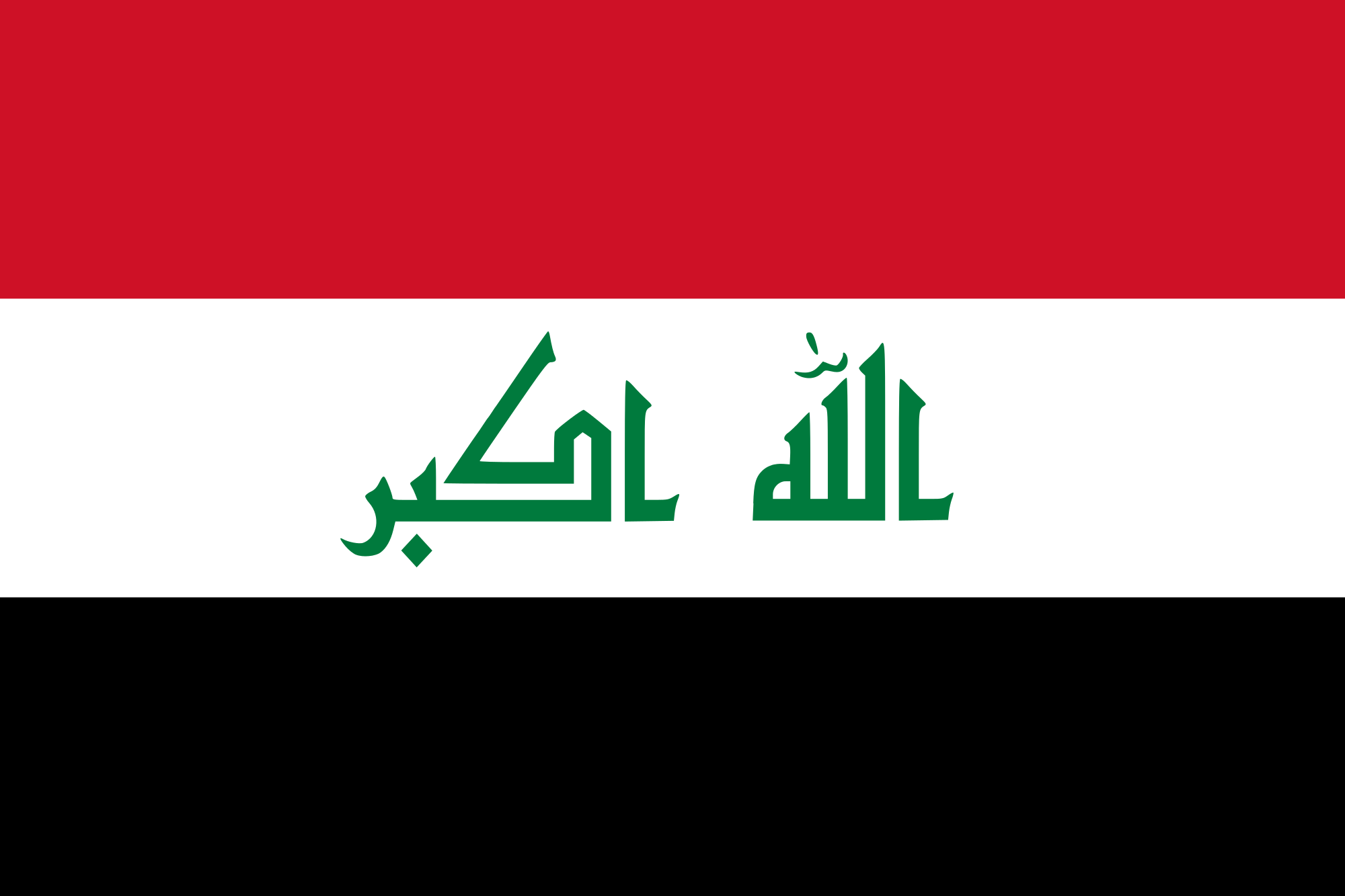 Iraq
Iraq
Iraq has an estimated population of 43.9 million [1] and with an urban population of 71.4 percent in 2022.[2] Population below 30 years of age, make up 65 percent of the total population. Life expectancy at birth is 69.2 years for men and 73.4 years for women in 2022.[1] Maternal mortality ratio is lower than the regional average at 76 deaths per 100,000 live births compared to 132 per 100,000 live births respectively in 2020.[4]
Iraq’s Human Development Index (HDI) for 2021 is 0.686—which puts the country in the medium human development group — positioning it at 121 out of 191. The country’s value is below the average of 0.708 for countries in Arab States. When adjusted for inequality, the HDI loses 19.2 percent, largely due to inequality in education.[3]
After a period gripped by conflict and economic volatility since 2003, The number of people who require humanitarian assistance, because of this conflict, has declined from 11 million people in 2017 to 2.5 million in 2022. These included 1.7 million returnees, 180,000 internally displaced people living in camps and 550,000 people living outside camps.[5] By the end of 2022, Iraq hosted around 257.4 thousand Syrian refugees.[15]
Almost two decades after the war, Iraq suffered from deep economic and social fragilities and political instability. On top of the country’s high dependence on oil exports for growth and revenue leading to poor economic policies, the lack of reforms and subsequently high levels of corruption, Iraq suffered from the volatility of oil prices, social unrest, and the COVID-19 pandemic. This has been reflected in real GDP growth that reached in 2020 its largest contraction since 1999, reversing two years of steady recovery.[6][14] Indeed, Iraq’s economy experienced a sharp contraction of -12 percent in 2020 [14] mainly explained by the low global demand for oil, Iraq’s adherence to OPEC production cuts, and the impact of COVID-19 on tourism and the service sectors, with non-oil economy contracting by 9 percent. [8] Iraq is one of the most oil‑dependent countries in the world. Over the last decade, oil revenues have accounted for more than 99% of exports, 85% of the government’s budget, and 42% of gross domestic product (GDP).[9] The economy is gradually recovering from the oil and COVID‑19 shocks of 2020, GDP growth registered 1.58 and 6.98 in 2021 and 2022 respectively.[14]
On the other hand, inflation pressures remained low in 2020 at 0.57 percent given the low domestic demand and cheaper imported goods. However, it increased in the following years to reach 4.9 percent in 2022.[14]
The current account balance as percentage of GDP increased progressively from -14.9 in 2020 to reach 17.2 in 2022, while the government gross debt decreased from 78.7 percent in 2020, its highest value in the last decade, to register 44.9 percent in 2022.[14]
In December 2020, the Central Bank issued a statement setting the exchange rate of the currency at 1,470 Iraqi Dinars for each USD, which entails a 22 percent devaluation of the Iraqi Dinar compared to its value in January 2020. The Central Bank stated that it was a necessary move given the economic conditions of Iraq due to the outbreak of COVID-19, in addition to the deficit in the public budget and decreasing oil revenues due to the deteriorating oil prices.[10] The exchange rate remained within the 1400 range untill 2023 when it improved to around 1300.
On another hand, unemployment in Iraq remains an ongoing challenge, estimated at 15.5 percent, largely affecting youth and especially young women, whose unemployment rate reached 34.6 and 65.2 percent in 2022 respectively.[11] Despite holding 28.8 percent of the parliamentary seats in 2022 [12], among the highest rates in the region, Iraqi women still face multifaceted challenges: latest data in 2017 shows that 59.9 percent of young illiterates were females and 70 percent of the adult illiterates were women;[13] early marriage continues to prevail, where, according to the latest available data in 2018, almost 28 percent of women (aged 20-24) got married before reaching 18 years.[12]
According to the WHO, government health expenditure percent of GDP, which was among the lowest in the Arab region, increased from 0.71 percent in 2015 to 2.78 in 2020, against a global average of 6.9 percent and a regional average of 3 percent. This explains why out-of-pocket health expenditure (as a percent of current health expenditure) was at 76.4 in 2015 percent which then declined to 44.7 in 2020 but remained higher than the global average of 16.3 percent.[16]
This overview was last updated in November 2023. Priority is given to the latest available official data published by national statistical offices and/or public institutions.
Sources:
[1] Population Division of the Department of Economic and Social Affairs of the United Nations Secretariat. 2023. World Population Prospects. [ONLINE] Available at: https://population.un.org/wpp/ [Accessed 23 October 2023].
[2] Population Division of the Department of Economic and Social Affairs of the United Nations Secretariat. 2023. World Urbanization Prospects. [ONLINE] Available at:
https://population.un.org/wup/ [Accessed 23 October 2023].
[3] United Nations Development Programme. 2023. Human development index. [ONLINE] Available at: https://hdr.undp.org/data-center/documentation-and-downloads; https://hdr.undp.org/data-center/country-insights#/ranks [Accessed 25 October 2023].
[4] The World Bank. 2023. World Development Indicators. [ONLINE] Available at: https://databank.worldbank.org/source/world-development-indicators [Accessed 23 August 2023].
[5]United Nations. 2023. Iraq Humanitarian Fund Annual Report 2022. [ONLINE] Available at: https://iraq.un.org/en/231535-iraq-humanitarian-fund-annual-report-2022#:~:text=Humanitarian%20situation%20in%202022&text=The%20number%20of%20people%20who,550%2C000%20people%20living%20outside%20camps. [Accessed 06 November 2023].
[6] The World Bank. 2020. Breaking Out of Fragility: A Country Economic Memorandum for Diversification and Growth in Iraq. [ONLINE] Available at: https://openknowledge.worldbank.org/bitstream/handle/10986/34416/9781464816376.pdf?sequence=4&isAllowed=y [Accessed 30 May 2021]
[7] International Monetary Fund (IMF). IMF DataMapper. April 2021. [ONLINE] Available at: https://www.imf.org/en/Countries/IrQ [Accessed 28 May 2020].
[8] The World Bank. 2020. Iraq Economic Monitor: Navigating the Perfect Storm (Redux). [ONLINE] Available at: http://documents.worldbank.org/curated/en/446201588465646751/pdf/Iraq-Economic-Monitor-Navigating-the-Perfect-Storm-Redux.pdf [Accessed 22 December 2020].
[9] The World Bank. 2023. Iraq Overview. [ONLINE] Available at: https://www.worldbank.org/en/country/iraq/overview [Accessed 06 November 2023].
[10] Central Bank of Iraq. December 2020. Statement on Exchange Rate Adjustment. [ONLINE] Available at: https://cbi.iq/news/view/1624 [Accessed 24 December 2020]
[11] International Labor Organization. 2023. ILO stat. [ONLINE] Available at: https://ilostat.ilo.org/ [Accessed 23 September 2023].
[12] The World Bank. 2023 Sustainable Development Goals Database. [ONLINE] Available at: https://datacatalog.worldbank.org/dataset/sustainable-development-goals [Accessed 30 August 2023].
[13] UNESCO Institute for Statistics. 2023. United Nations Educational, Scientific and Cultural Organization. [ONLINE] Available at: http://data.uis.unesco.org/ [Accessed 06 November 2023].
[14] International Monetary Fund. 2023. World Economic Outlook. [ONLINE] Available at: https://www.imf.org/en/Publications/SPROLLs/world-economic-outlook-databases#sort=%40imfdate%20descending [Accessed 24 October 2023].
[15] UNHCR. 2023. UNHCR Data. [ONLINE] Available at: https://www.unhcr.org/what-we-do/reports-and-publications/unhcr-data [Accessed 15 October 2023].
[16] World Health Organization (WHO). 2023. [ONLINE] Available at https://www.who.int/data/gho [Accessed 15 October 2023].
Data Highlights
-
The unemployment rate increased continuously since 2012 reaching its highest value in 2021 at 16.1 percent
